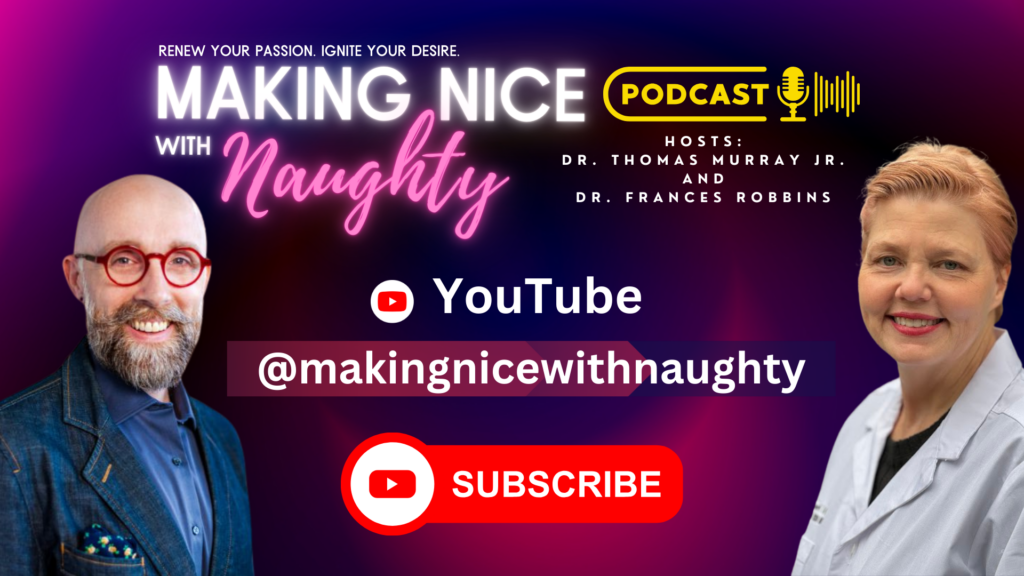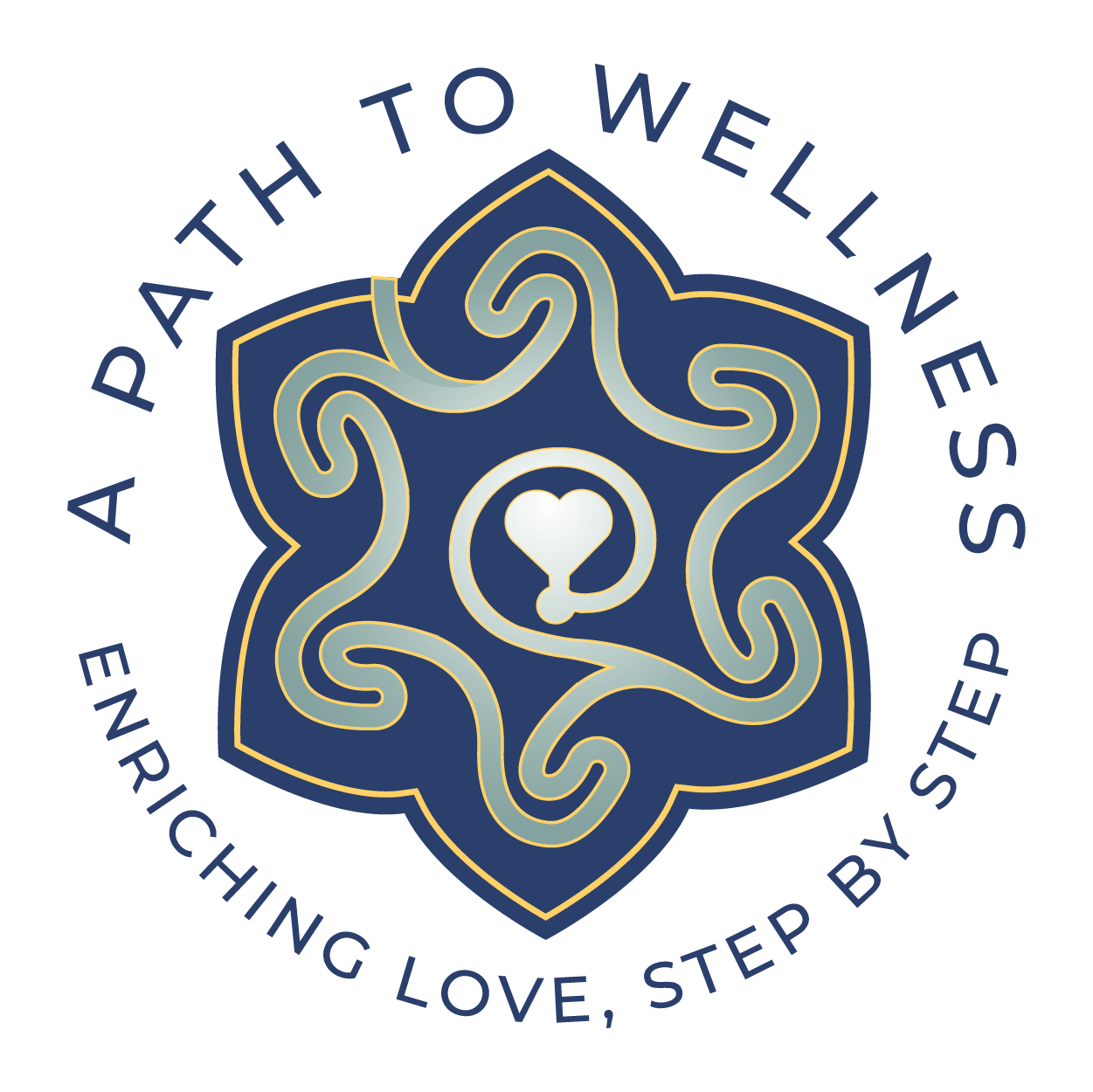Building a healthy, loving, and thriving relationship takes consistent effort, understanding, and practice. Every couple faces challenges, but how you navigate those obstacles determines whether your relationship flourishes or flounders. I often say, “Relationships aren’t meant to be easy, but they are meant to be enriching,” a core belief reflected in my book, Making Nice with Naughty. In this guide, I’ll walk you through practical, daily strategies that you and your partner can use to transform your relationship—based on empirical research and therapeutic principles.
Understanding Growth and Destiny Beliefs in Relationships
In the realm of relationship satisfaction, two primary beliefs guide how partners view their romantic journey: destiny beliefs and growth beliefs. Destiny beliefs revolve around the idea that partners are either meant to be together, or they are not, while growth beliefs focus on the idea that relationships can evolve through effort and perseverance. As noted by researchers like Fabian Gander and colleagues in their longitudinal studies on relationship satisfaction, those with stronger growth beliefs experience less decline in satisfaction over time, even during rough patches.
Growth beliefs, in particular, play a significant role in relationship maintenance. When both partners believe they can improve their relationship through communication and effort, they’re better equipped to overcome challenges. Think of these beliefs as the fertile soil in which a relationship can grow. When tended to daily, the relationship blossoms with time, patience, and practice.
Start Each Day with Connection
One simple, yet highly effective, practice to transform your relationship daily is to start each morning with intention. It might sound small, but intentional connection each day builds momentum for long-term satisfaction. Here’s how to do it:
- Morning Check-ins: Before the day’s chaos begins, take five minutes with your partner to check in. Ask each other simple questions like, “How are you feeling this morning?” or “Is there anything you’re looking forward to today?”
- Express Gratitude: Use this time to share one thing you appreciate about each other. This doesn’t have to be grand—sometimes the simplest acknowledgments carry the most weight. For instance, “I love how you always make sure we have coffee ready,” or “Thank you for being my safe space.”
These small moments of connection set a positive tone for the day. According to the growth belief model, relationships improve when partners actively contribute to one another’s emotional well-being.
Practice Active Listening
One of the biggest relationship pitfalls is not feeling heard. Often, couples fall into the trap of hearing but not actively listening. This can lead to miscommunication, unresolved conflicts, and feelings of disconnection.
To practice active listening, follow these steps:
- Focus on Your Partner: When your partner is talking, put down your phone or any distractions. Make eye contact and nod to show that you’re engaged.
- Reflect What You Hear: After they finish, repeat back what you understood: “So, what I hear you saying is…”
- Ask for Clarification: If you’re unsure about something, ask questions, such as, “Can you explain what you meant by that?”
Active listening is a vital tool that demonstrates to your partner that you value their thoughts and feelings. Over time, this builds emotional safety, which is a foundation for deep connection.
Intentional Physical Affection
Physical touch is a critical aspect of emotional intimacy in relationships. A simple gesture like holding hands or offering a warm hug after a long day can transform your partner’s mood and solidify your bond. As highlighted in Making Nice with Naughty, “Physical intimacy is the language of closeness.” Without it, couples can feel more like roommates than partners.
Try these small actions:
- Hug for 30 seconds: When you greet each other after a day apart, hold each other for at least 30 seconds. It might feel long at first, but this sustained contact increases oxytocin, the bonding hormone.
- Daily touch points: Throughout the day, find ways to connect physically. A hand on the small of their back, a gentle kiss on the forehead, or even sitting close to each other while watching TV reinforces connection.
Studies show that consistent physical affection enhances relationship satisfaction over time, especially when both partners engage in these simple acts regularly.
Share the Load: Emotional and Physical Labor
One source of resentment in relationships stems from an imbalance in emotional and physical labor. If one partner feels they’re carrying the bulk of the responsibility—whether it’s planning date nights or handling household chores—this imbalance can erode trust and affection over time.
To address this:
- Regularly Discuss Roles: Sit down together and assess how tasks and responsibilities are shared. Ask, “Do you feel supported in the way we divide tasks?” This creates an opportunity to redistribute duties if necessary.
- Work as a Team: Tackle projects together, from washing dishes to organizing the garage. Not only will this lighten the load, but it will also foster a sense of partnership.
By openly discussing the division of labor, you ensure that both partners feel valued and respected, which is key for long-term relationship satisfaction.
Repair Conflicts with Care
Arguments and conflicts are inevitable, but it’s how you repair those conflicts that matters most. In Making Nice with Naughty, I emphasize that conflict isn’t the problem—it’s how you approach the resolution that determines the outcome. When handled with care, conflicts become opportunities for growth.
Here’s a strategy for repairing conflicts:
- Own Your Part: Start by acknowledging your role in the conflict. For instance, “I realize I got defensive when we were discussing finances, and I’m sorry for raising my voice.”
- Seek Understanding: Approach the issue with curiosity rather than defensiveness. Ask, “Can you help me understand why you felt that way?”
- Forgive Quickly: Holding onto grudges or waiting for a partner to ‘make up’ can prolong emotional distance. Instead, commit to forgiving quickly and moving forward together.
These simple yet powerful steps turn conflict into connection, reinforcing the belief that growth is possible, even in the face of challenges.
Build Rituals of Connection
Rituals, whether they’re weekly date nights or Sunday morning breakfasts, provide structure and predictability in relationships. These shared moments foster connection, even when life feels chaotic. As Gander’s research suggests, couples who consistently invest in their relationship experience slower declines in satisfaction over time.
Create rituals that work for your relationship:
- Plan Memories: Commit to creating memories. Plan trips or act like newcomers to your hometown. Schedule a hotel night. Use your children’s time at school to arrange for daytime dates
- Daily Routines: Whether it’s walking the dog together or having your morning coffee on the porch, small daily routines help you stay connected.
Rituals signal to each other that your relationship is a priority, not something that takes a back seat to the stresses of life.
Communicate Your Needs Clearly
Many relationship issues stem from unexpressed needs. Your partner cannot read your mind, yet many couples fall into the trap of expecting their partner to ‘just know’ what they need. To transform your relationship, it’s essential to communicate your needs clearly.
Here’s how:
- Use “I” Statements: Instead of saying, “You never help me,” try, “I feel overwhelmed when I’m managing the house alone, and I would love more help.”
- Be Specific: Vague requests often lead to unmet needs. Instead of saying, “I need more attention,” say, “I’d like us to spend 30 minutes together without distractions after dinner.”
Communicating your needs isn’t selfish—it’s a necessary step toward creating a relationship where both partners feel heard and understood.
Conclusion: Your Daily Investment in Love
Healthy relationships are built on daily, intentional actions. By practicing these strategies—checking in with your partner, sharing responsibilities, and nurturing physical affection—you’ll find that your relationship not only survives the ups and downs but thrives.
As I outline in Making Nice with Naughty, growth in a relationship is not accidental; it’s cultivated. When you embrace the belief that relationships take work and care, you create a foundation of lasting love.
Frequently Asked Questions
- How often should we practice these strategies? These strategies are designed for daily use, but consistency is key. Even on busy days, try to incorporate small moments of connection.
- What if my partner isn’t interested in participating? Relationships require effort from both sides, but if your partner is hesitant, start by modeling these behaviors. Often, when one partner begins practicing healthier relationship habits, the other follows suit.
- Can these practices help if we’re already struggling? Absolutely. These practices are especially effective during times of struggle. The key is to approach the relationship with a growth mindset and a commitment to improvement. If necessary, consider couples counseling to support your efforts.











